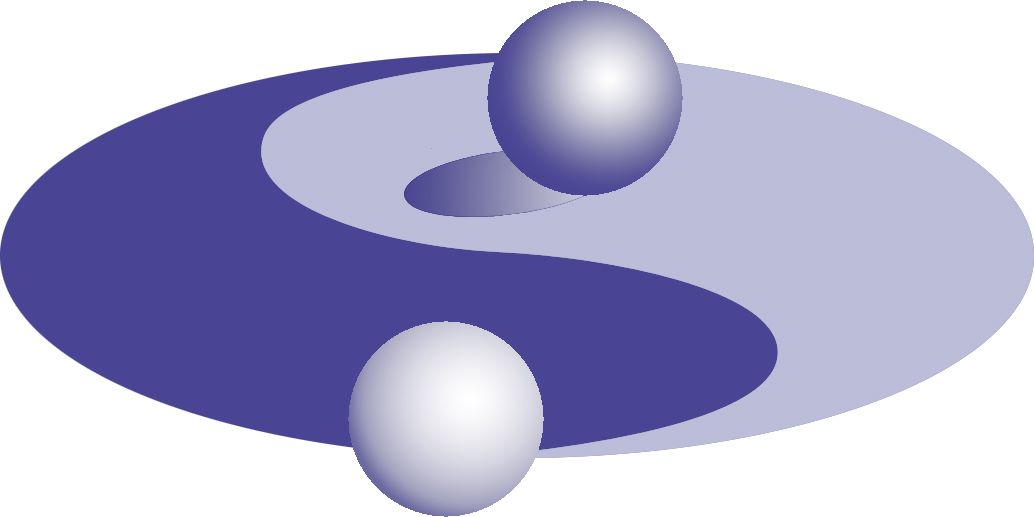
Flame Retardant
With this treatment, it is possible to meet the most important fire protection standards as DIN 4102 part 1/B1, NF P 92503 – 507, BS 5867, and NFPA 701. This treatment is a flame e.g. retardan that is used for additional permanent flame-retardant finishing.
As a result, fire resistance (a specific property of structural elements) and fire resilience (the capacity of a building to maintain function in the aftermath of a fire) are interlinked. If appropriately designed, concrete is both resistant to fire and therefore able to provide fire resilience to the built environment. Its advantages include:
- Resistance to fire without burning, melting, or producing toxic gases.
- Ability to act as a fire barrier, reducing the spread of fire to neighboring spaces or buildings.
- Ability to act as an insulator, reducing transfer of heat to adjacent spaces.
- Maintaining integrity during a fire, including during extinction, without developing large deformations, ensuring compartmentation of the fire is maintained and reducing the risk of structural collapse.
No emission of CO2 or substances dangerous to people or the environment when affected by.
